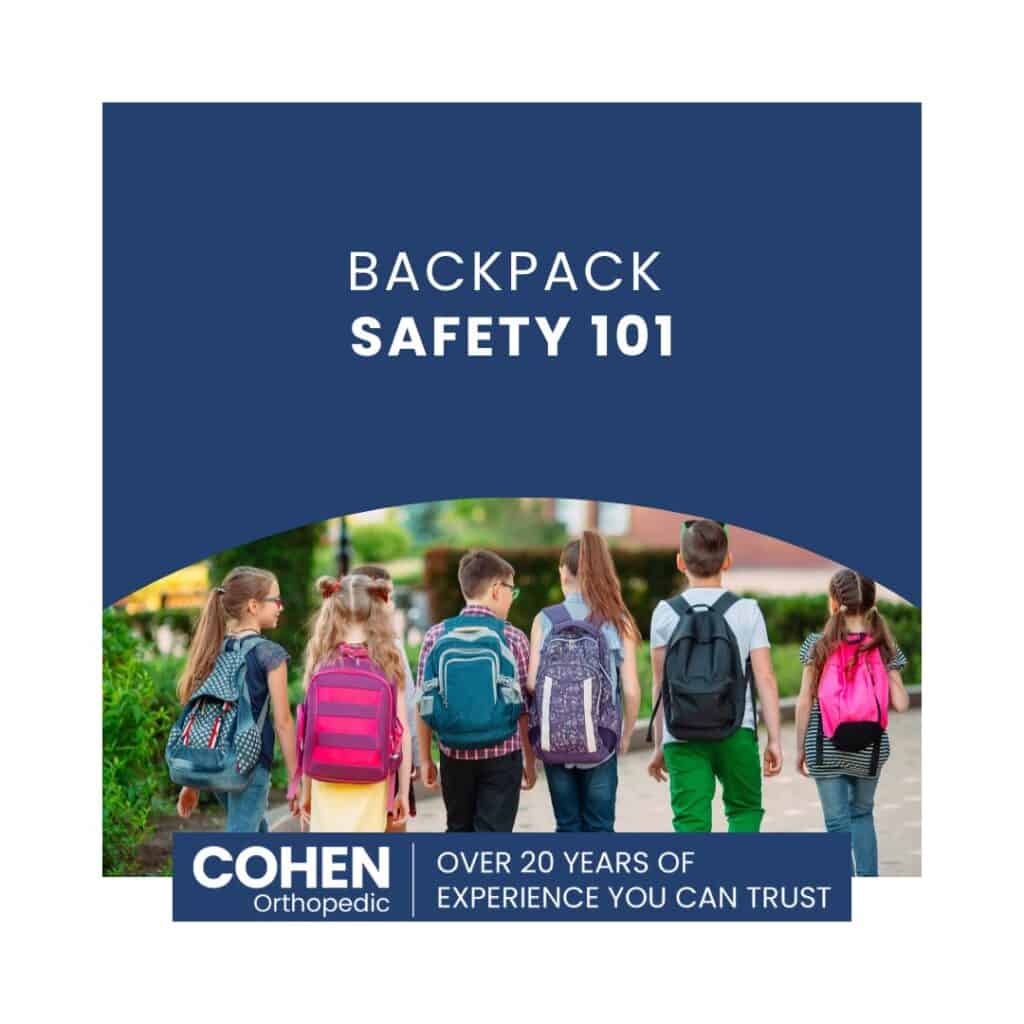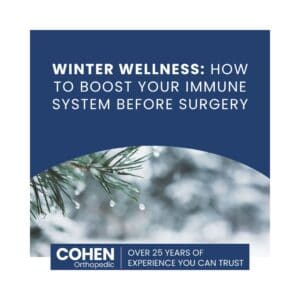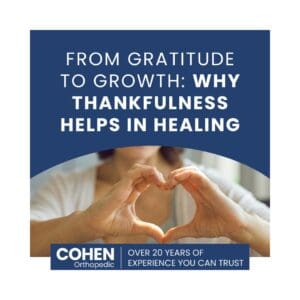Backpack Safety 101: What Every Parent (and Student) Should Know

Backpacks are a back-to-school essential—but they’re also one of the most common causes of preventable orthopedic strain in kids and teens. As an orthopedic specialist, I often see students in our clinic complaining of shoulder pain that could have been avoided with a few simple changes in how they carry their books, laptops, and gear.
Let’s walk through the basics of backpack safety, so you can help your child protect their growing spine—and avoid unnecessary visits to the doctor’s office.
1. Choose the Right Pack
Not all backpacks are created equal. Look for:
- Wide, padded shoulder straps to distribute weight evenly.
- A padded back panel for comfort and protection.
- Multiple compartments to help balance the load.
- A waist or chest strap for extra support (especially for heavier loads or long walks).
Avoid: thin straps, oversized packs, or trendy designs that prioritize style over structure. Your child’s spine will thank you.
2. Lighten the Load
Backpacks should weigh no more than 10–15% of a child’s body weight. That means:
- A 60-pound child shouldn’t carry more than 6–9 pounds.
- A 100-pound teen? Keep it under 15 pounds.
Encourage kids to only carry what they need each day. If lockers are available, use them. And when possible, leave heavy items at school or at home.
3. Wear It the Right Way
This part matters just as much as what’s inside the bag:
- Use both straps—every time. Slinging a bag over one shoulder may look cool, but it can cause uneven stress on the spine and shoulders.
- Adjust straps so the pack sits centered on the back, not hanging low below the waist.
- Tighten it enough so it’s snug, but not restrictive.
Bonus tip: show your child how to properly lift their backpack from the ground using their legs, not their back.
4. Watch for Warning Signs
Keep an eye out for these red flags:
- Complaints of back, neck, or shoulder pain
- Numbness or tingling in the arms or hands
- Posture changes (like leaning forward to counterbalance a heavy load)
- Visible red marks or indentations from straps
These symptoms are signals that something needs to change. If they continue, it’s time to schedule a visit with an orthopedic specialist—we’re here to help.
5. Lead by Example
Backpack safety isn’t just for kids. Whether you’re hiking, commuting, or carrying a work bag—proper posture, load management, and wearing both straps can make a big difference. Show your kids how it’s done.
We’re Here to Support Healthy Spines
At the end of the day, protecting your child’s spine is part of protecting their whole-body health. Backpack habits might seem small, but they can have a big impact—especially during the key years of growth and development.
If you have concerns about your child’s posture, pain, or physical development, don’t hesitate to reach out. We’re here to listen, answer questions, and guide you toward solutions that fit your family and lifestyle.
Patient-first care means proactive care. Let’s set your student up for a strong, pain-free school year—starting with the way they carry their backpack.










